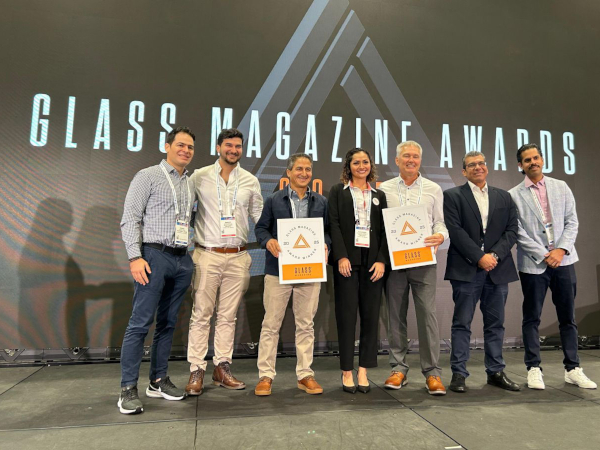
Date: 30 October 2025
The NGA Advocacy and Technical Team—working together with the The American Institute of Architects (AIA), Professor Juan Miro of University of Texas Austin, and the Aluminum Extruders Council (AEC)—has achieved a major success at the ICC Committee Action Hearings.
About the Code Proposals
Two critical building code proposals promoting natural daylighting in schools, dormitories and apartments have been approved:
- One, led by Miro, ensures minimum natural lighting (windows) in addition to standard electrical lighting for Group R occupancies.
- The second, jointly advanced by Glazing Industry Code Committee (GICC), NGA, and AEC, requires natural lighting in classrooms for Group E occupancies.
These victories will help end the troubling trend of windowless dormitories and ensure healthier, more inspiring environments for students and residents alike.
What People Are Saying
"A special thanks to Lisa Heschong for her pioneering research on daylighting and the “right to light,” which provided the foundation for these proposals. While we’ll continue defending these measures in next spring’s final hearings, this milestone marks a huge step forward for the built environment—and for every organization committed to occupant health, wellness, and better design," says NGA Vice President of Advocacy & Technical Services Urmilla Jokhu-Sowell in a post on LinkedIn.
"This is a great win for healthy buildings, schools, and students. We still have to defend these proposals in the final hearing next spring, but it is a great step forward for healthy, productive spaces. It has been a pleasure working together in a collaboration between NGA, the Glazing Industry Code Committee, the Aluminum Extruders Council, Prof Juan Miro from UT Austin, the American Institute of Architects, Lisa Heschong, the Edison Electric Institute, and others to secure this significant advancement," says NGA Codes Consultant Tom Culp.
"By adding these provisions to the 2027 International Building Code, we have enabled everyone, whether they’re relaxing in their homes or teaching or learning in their schools, to enjoy outdoor views while receiving the many mental and physical health benefits that comes with the natural daylight that only glass can bring into our homes and schools. The foundation for this successful mission lies in the non-stop commitment of the many members of the glass and glazing industry that have researched and developed the use of so many different types of glass in the construction of our buildings. Additionally, a special vote of thanks is owed to the Leadership and Advocacy Teams of the Glazing Industry Code Committee and the National Glass Association for joining forces with the American Institute of Architects to make these much-needed changes to our building code," says Thomas Zaremba, shareholder at Roetzel and Andress.
"The glass industry has done a good job recognizing and promoting the proven value of natural light and views in educational, healthcare and residential buildings. We have made it a specific mission to promote natural light and views because of the positive impact on society, and specifically in this case, the students and children who deserve to spend their school days in an environment that will have a positive impact on their health and ability to learn. We first introduced the classroom proposal several years ago and we did not get much support," says Nicholas P. Resetar, shareholder at Roetzel and Andress. "However, we continued to bring the proposal forward and continued educating about the known benefits. Ultimately, this week our efforts paid off and we are very pleased with the results, namely for the children."
 600450
600450








Add new comment